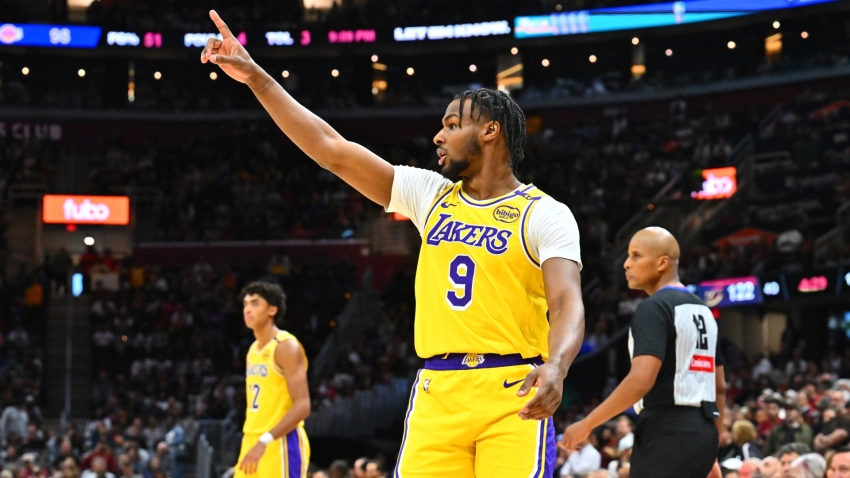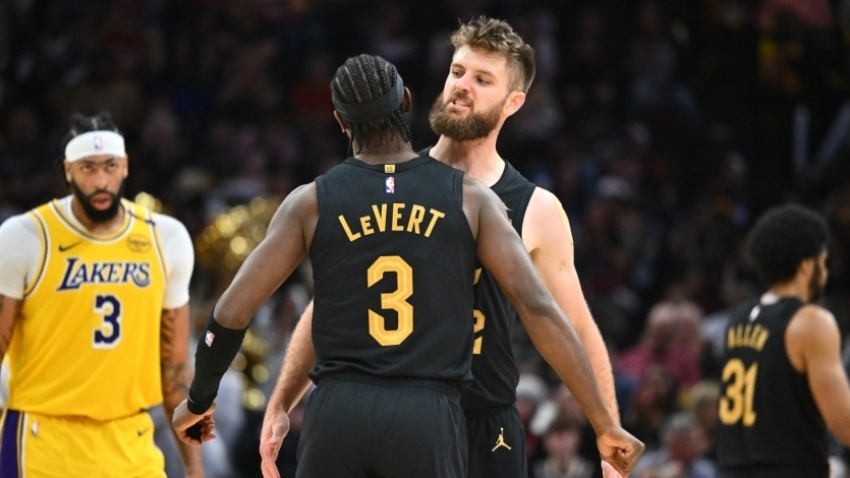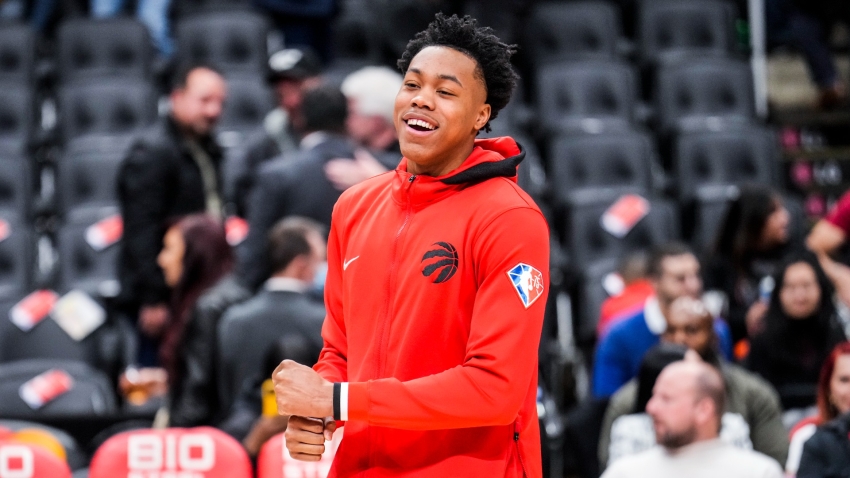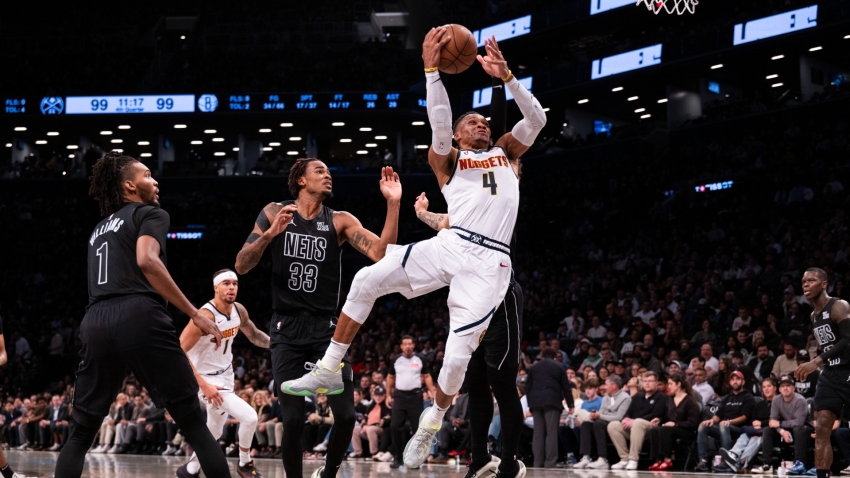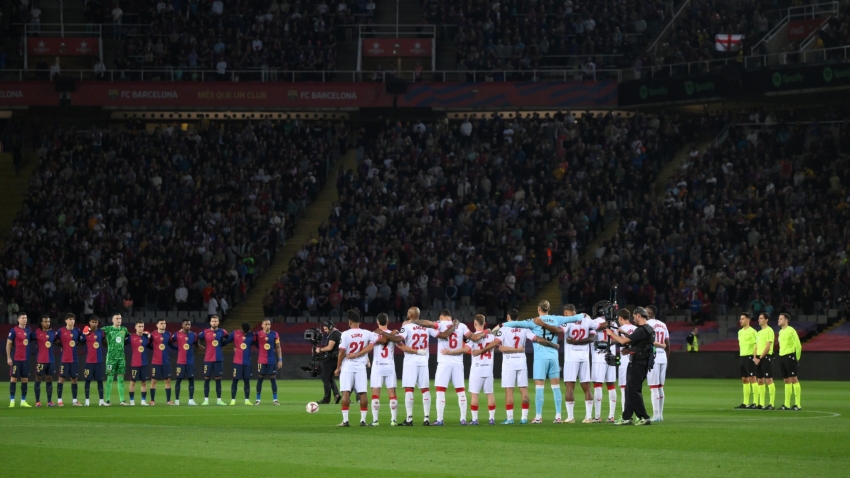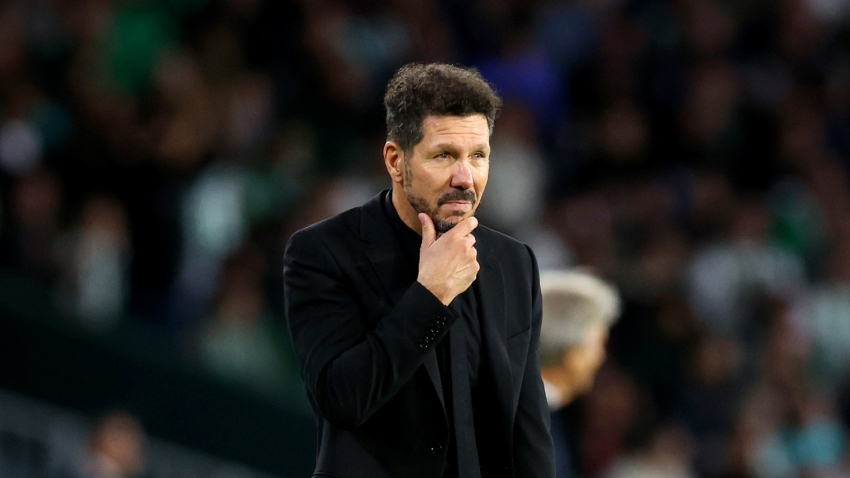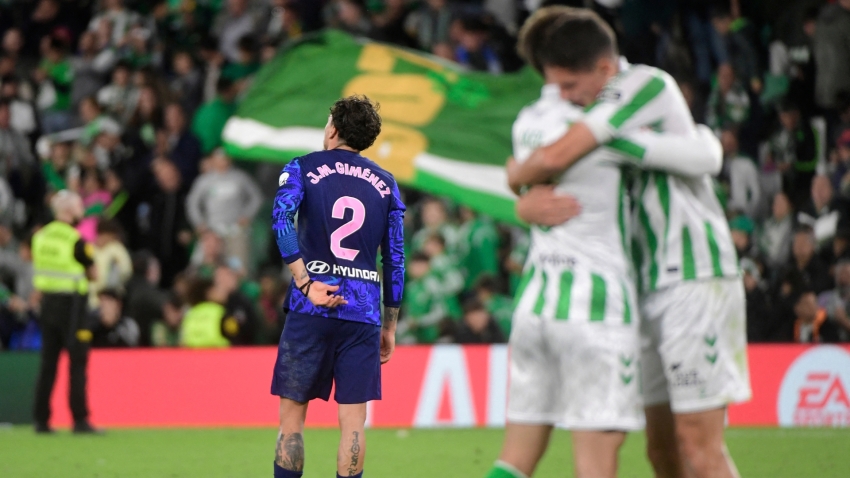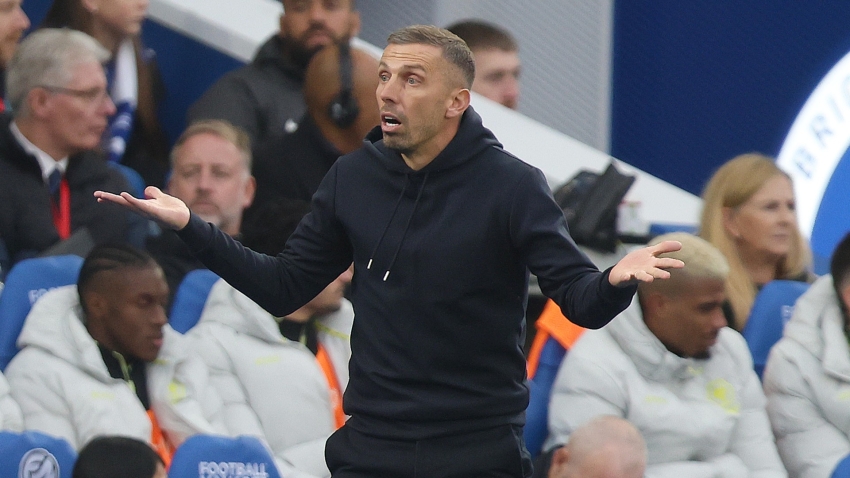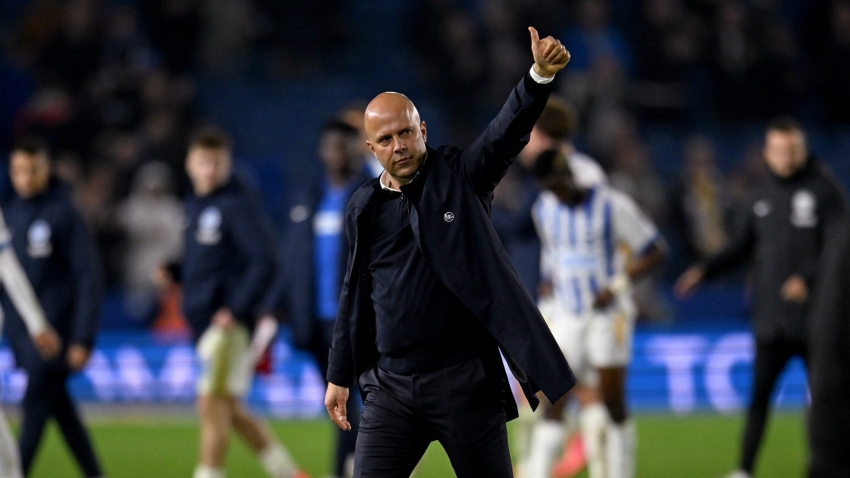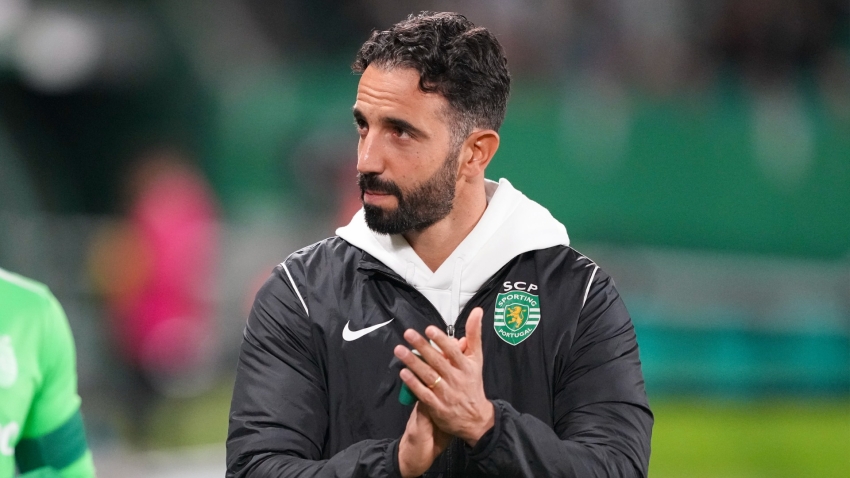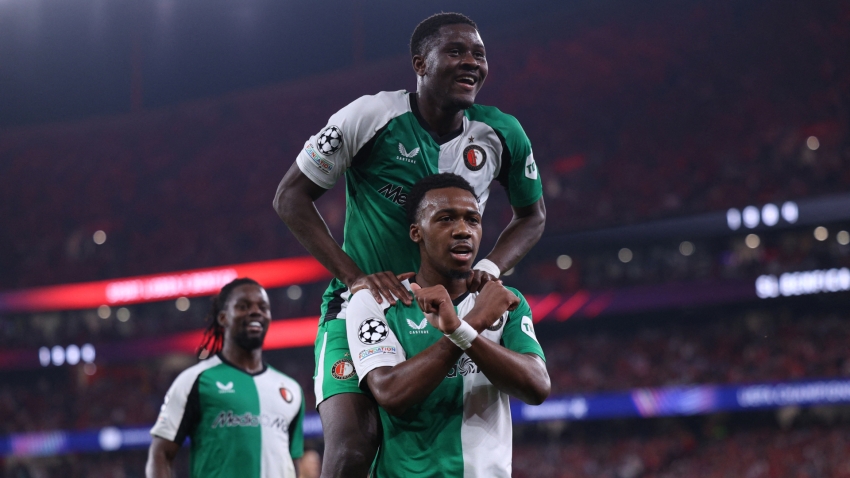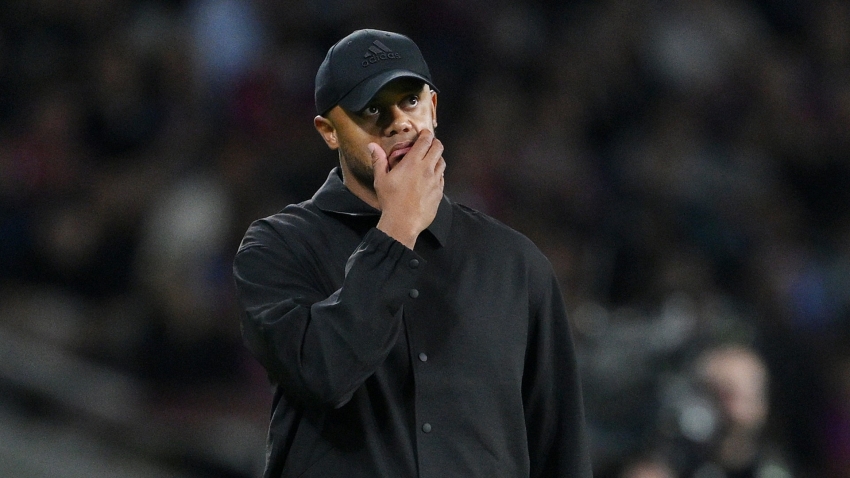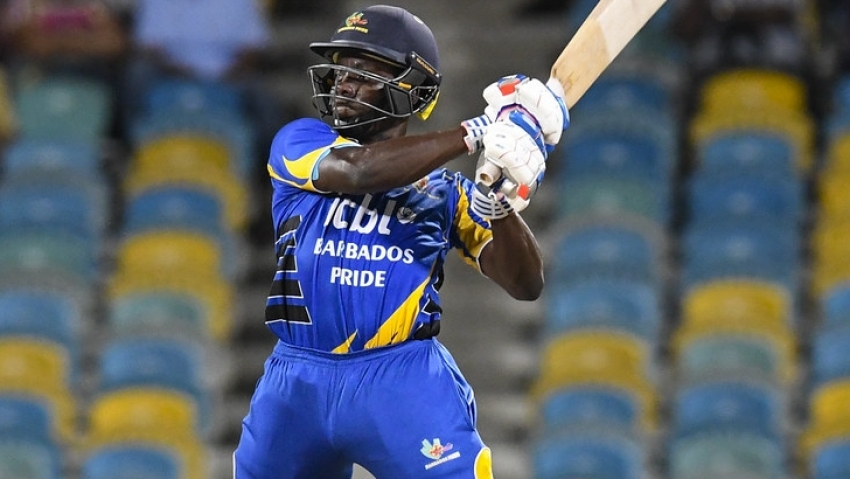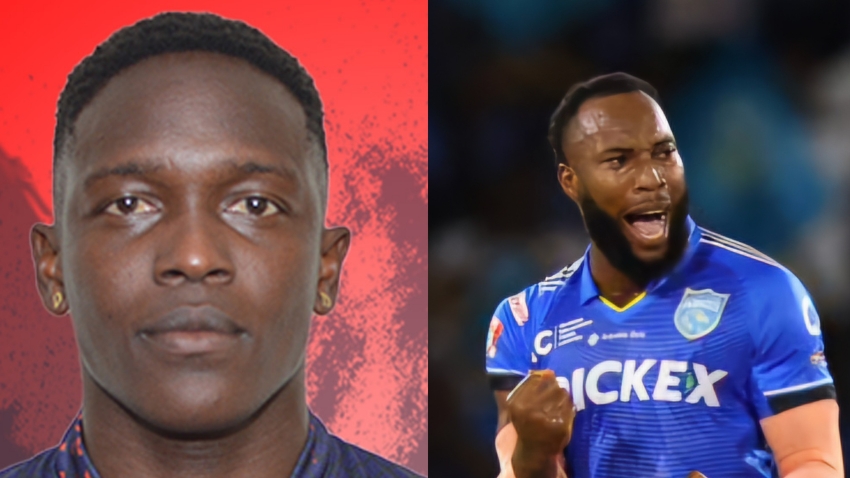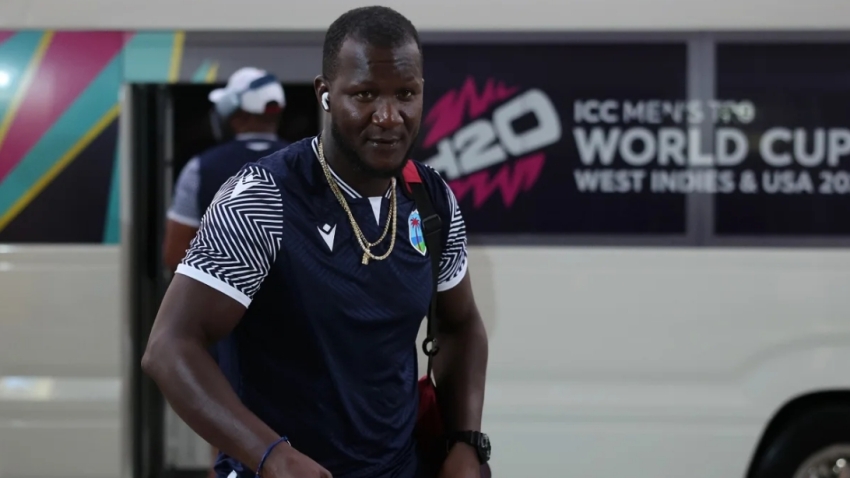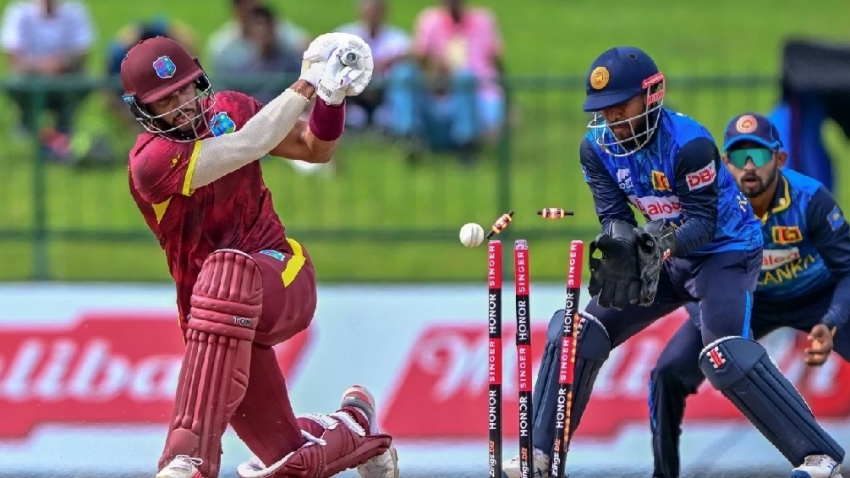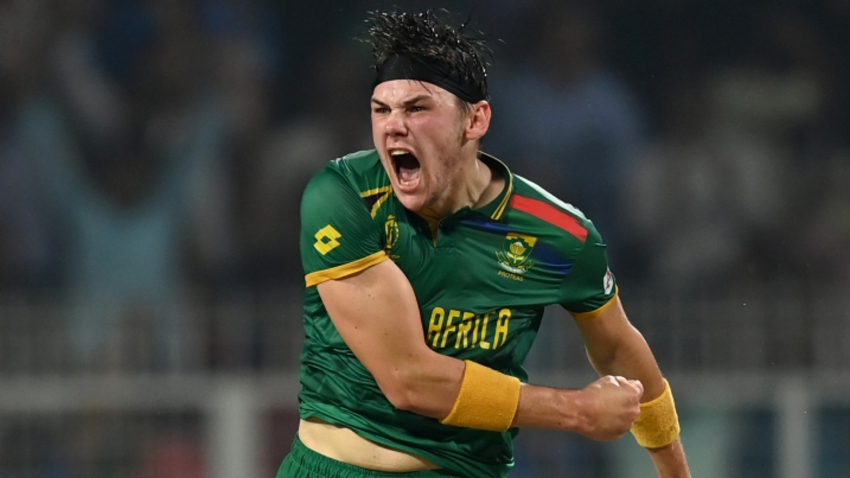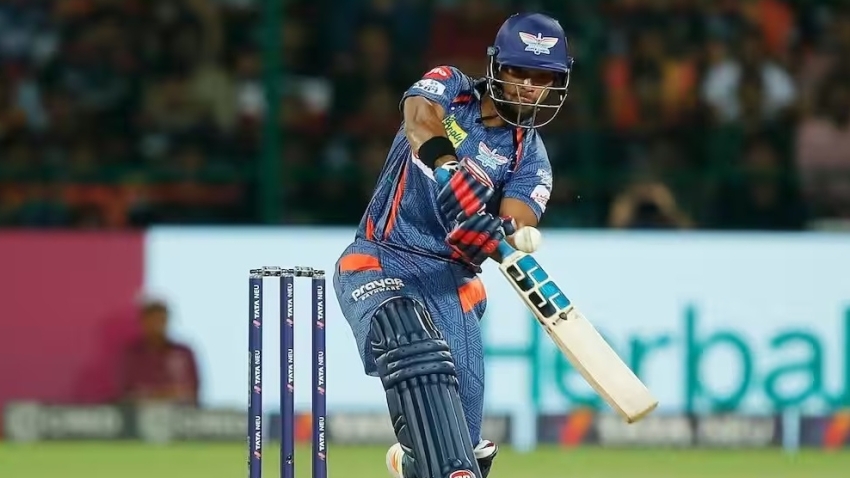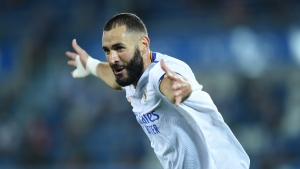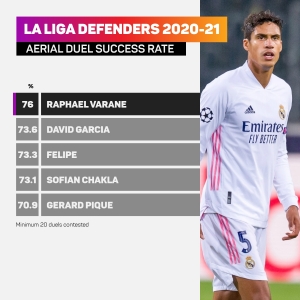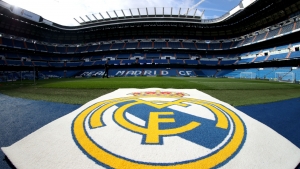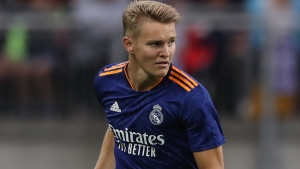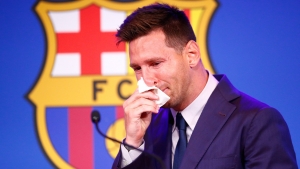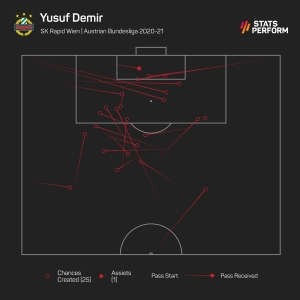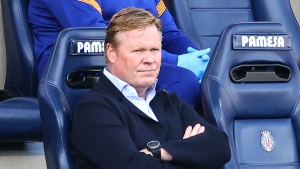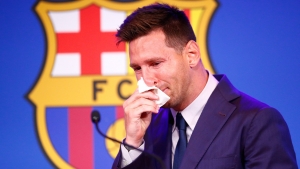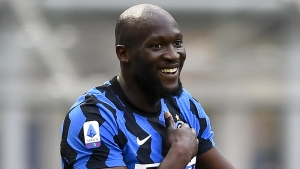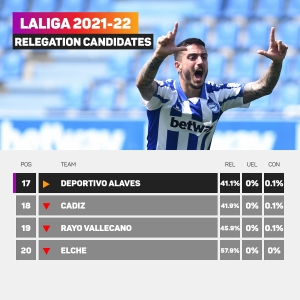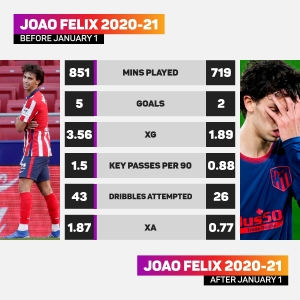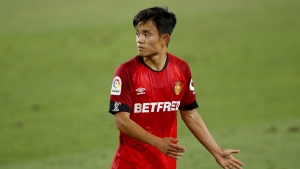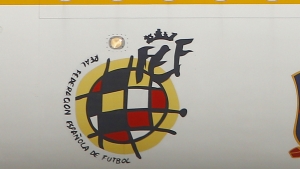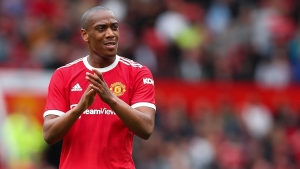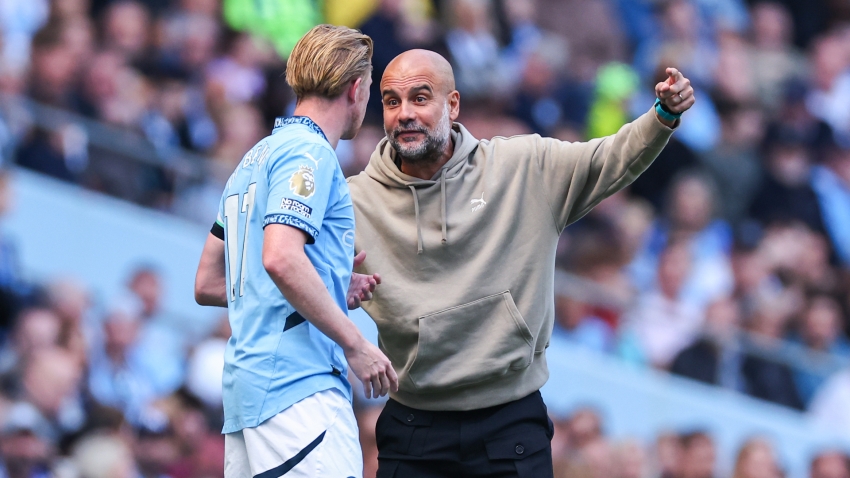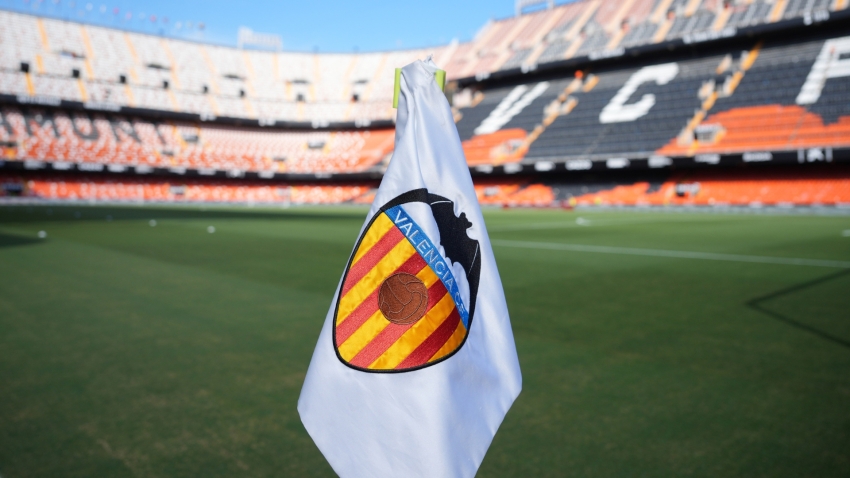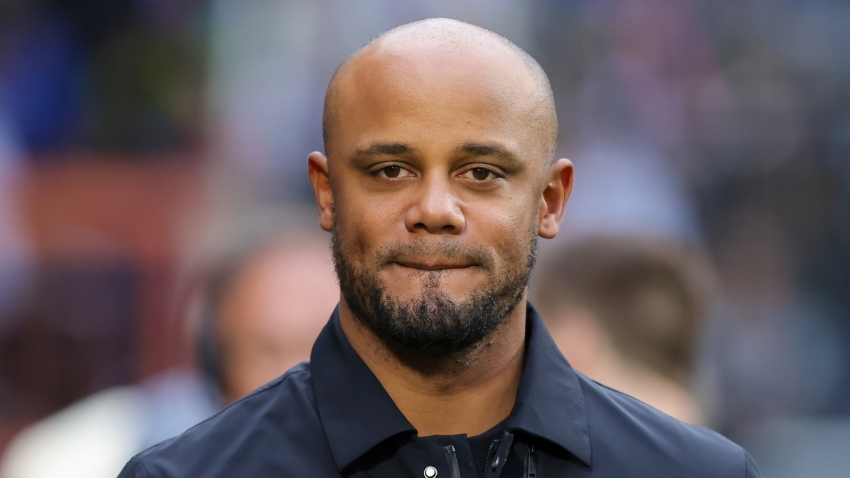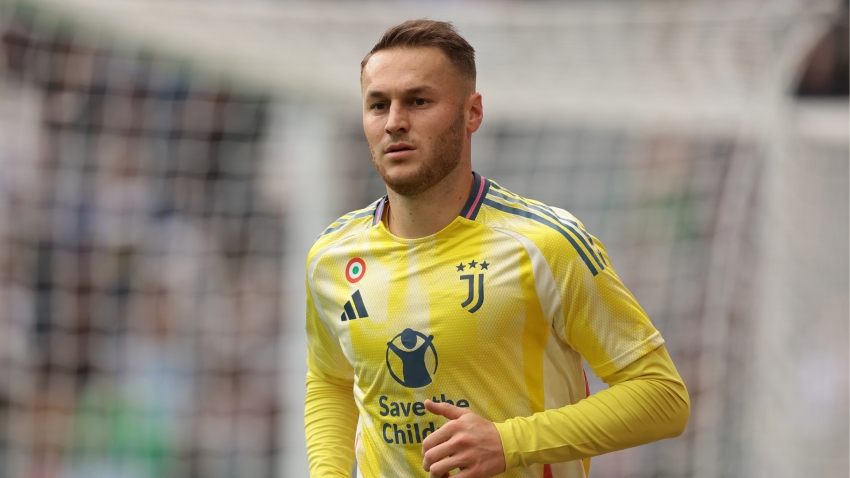Opportunism was the name of the game for Atletico Madrid in 2020-21 and, ultimately, it led them all the way to the title.
First, they pounced on the opportunity to sign Luis Suarez, then Diego Simeone's squad enjoyed a commanding start to the season that left their rivals playing catch-up.
Lionel Messi's situation at Barcelona contributed to the Blaugrana being slow out of the blocks, and although Atletico almost contrived to throw it all away in the latter stages of the season, they proved their resilience in seeing it out.
While opportunism led to success then, this season Atletico arguably find themselves on the cusp of a new, dominant era. Barca are in an even greater mess than 12 months ago and no longer have Messi to bail them out, while Madrid's only major signing has been David Alaba – in contrast, they have lost Sergio Ramos and Raphael Varane is Manchester bound too. Add Zinedine Zidane's departure to that and it is very much a picture of transition at the newly refurbed Santiago Bernabeu.
Atletico, meanwhile, have not lost any key players and have even improved their midfield options with the signing of Rodrigo De Paul. It was not so long ago that Simeone's future seemed uncertain, but the past year has brought out a new side in him and that's helped Los Colchoneros reign in Spain.
Flexible Simeone turns over a new leaf
Throughout Simeone's time in charge of Atletico, there has been a common theme – you can either call it consistency or inflexibility, but it essentially depends on whether you are a critic or a fan.
However, it is difficult to say he was inflexible last season by any stretch of the imagination. Now, whether that was decisive in their title triumph is impossible to say, yet it does show Simeone is perhaps not the one-trick pony some insist he is.
For much of his decade at the helm, Simeone has almost religiously set his teams up in a rigid 4-4-2 formation, or at least something not too dissimilar. A back four has been the cornerstone of his systems. According to Opta data, he only ever started a match with a back three or five six times before 2020-21.
Yet, in the championship-winning campaign, Atletico lined up with a back three or five in 23 of their 38 LaLiga matches. Simeone had amassed a group of players with wide-ranging skillsets that aided versatility, and he truly embraced that.
Yannick Carrasco's work-rate saw him turned into a wing-back; Kieran Trippier's arguably suspect defensive capabilities became less of a concern because he was stationed further up the pitch. In attack, Luis Suarez and whoever partnered him – usually Joao Felix or Angel Correa – offered unpredictable movement that often saw them push out wide to create space for Marcos Llorente to run into.
Of course, that didn't occur all the time, but it is notable how all 12 of Llorente's goals came from either positions in the box or central positions just outside the area despite a lot of his work coming down the right flank in tandem with Trippier.
This flexibility in the final third also seemed to contribute to their effectiveness off the ball. Their 43 shot-ending high turnovers was bettered by only Barcelona and Eibar, though that figure equated to 15.3 per cent of their total high turnovers (281).
That percentage was better than both of those teams above them in the category, suggesting Atletico were more effective at turning those situations into danger, despite their PPDA of 11.5 only being the 12th lowest in the league.
But the overriding feeling looking back at Atletico in 2020-21 was the only real ammunition Simeone's critics had – that he was inflexible – seems to have lost relevance.
De Paul is Simeone's ideal schemer
It was only a matter of time before De Paul sought a new home after an excellent five-year spell in Italy with Udinese. It was there that he got his career back on track after struggling to make much of an impact with Valencia during his previous attempt to succeed in Spain.
He was a regular throughout his five years in Serie A but enjoyed his finest campaign of all in 2020-21, displaying a skillset that looks an ideal fit for the requirements of a Simeone team.
Throughout Simeone's 10 years as Atletico coach, his signings of creative players have tended to be hit and miss, with it a common perception that his intense demands both in training and during matches can sometimes stifle more mercurial talents who are not used to such workloads.
But De Paul, who is comfortable playing both centrally and out wide, has shown plenty of evidence he should be up to the challenge.
Providing creativity is De Paul's bread and butter, with his 82 key passes in 2020-21 bettered by only Hakan Calhanoglu (98) in Serie A. Of those chances, 34 came from set-pieces, highlighting his prowess from dead-ball situations and ranking him fourth in Italy's top flight.
Only five players got more assists than his nine, but all of them massively out-performed their modest expected assists (xA) records, which ranged from 3.4 to 6.7. De Paul topped the charts for expected assists with 10.3 xA, evidence that his assists reflected the quality of his service rather than him getting lucky or benefiting from unusually good finishing by team-mates.
Yet the area that highlights a particular compatibility with Atleti is the fact he won more duels (294) than anyone else in Serie A in 2020-21.
Combine that with his league-leading completed dribbles (122) and it paints a picture of a hard-working player who also possesses the quality to get his team on the front foot.
His creativity and dribbling abilities are two facets that Atletico don't necessarily have in abundance in their central midfield options, yet he balances those with a genuine work ethic. De Paul could well be an absolute triumph of a signing.
Joao Felix's time?
Joao Felix's 2019 arrival at the Wanda Metropolitano was met by the clamouring of Simeone critics suggesting this was the signing that would finally see the renowned pragmatist cut loose and suddenly become the entertainer many hoped he could be.
It didn't work out that way. In fact, their haul of 51 LaLiga goals in 2019-20 was the lowest they had managed since scoring just 46 in 2006-07 – they somehow became even tougher to watch.
This did not do much to convince those adamant Simeone was to blame for Joao Felix's form – many people called for the young talent to be given a "free role" that allowed him to play without the shackles normally associated with the coach's disciplined system.
But for a period in 2020-21, there were real signs that Joao Felix was beginning to find his feet. While he was not necessarily roaming as some might have envisioned, his role - being more of a withdrawn forward towards the left - in the first half of last season saw him become one of LaLiga's standout players.
One theory was that Suarez's signing helped Joao Felix significantly. After all, the Uruguayan enjoyed a near-telepathic on-pitch relationship with Messi and has always boasted exceptional off-ball intelligence. He can make great players look even better.
For example, prior to Atletico's 1-0 win over Barca at the Wanda Metropolitano on November 21 last year, Joao Felix had already created the same amount of chances for Suarez (four) as he had for anyone else in all of 2019-20.
But it's fair to say the Portugal talent did not manage to maintain his status as a standout player for the full season. Bouts of illness, injuries and a suspension all hampered him after the turn of the year as he made just five of his 14 league starts after January 1. In fact, his final total of starts was seven fewer than in 2019-20.
Joao Felix's productivity was not as impressive as a result. He went from creating 1.5 chances per game to 0.9 and appeared far less willing to run with the ball, attempting 26 dribbles compared to 43 before January 1.
Sure, his assists count went up from two to three, though between January 1 and the end of the season his expected assists (xA) value was just 0.77, suggesting he benefited from some help from his team-mates.
Joao Felix's influence in build-up play did not change dramatically, only going down to 4.0 shot-ending sequence involvements from 4.9, which was not massively better than he managed in 2019-20 (4.64), but he lacked the sharpness to make the difference at the top end of the pitch as often.
Hopefully 2021-22 will have less upheaval for him and allow for greater consistency. With Messi gone, LaLiga needs a new headline superstar – Joao Felix has the talent, but whether Atletico and Simeone can truly harness it is another matter entirely.
Nevertheless, Atleti excelled even when Joao Felix was not hitting the heights expected. As they see Barca and Madrid appearing significantly weaker, Simeone and his players are heading into 2021-22 as the team to beat.


